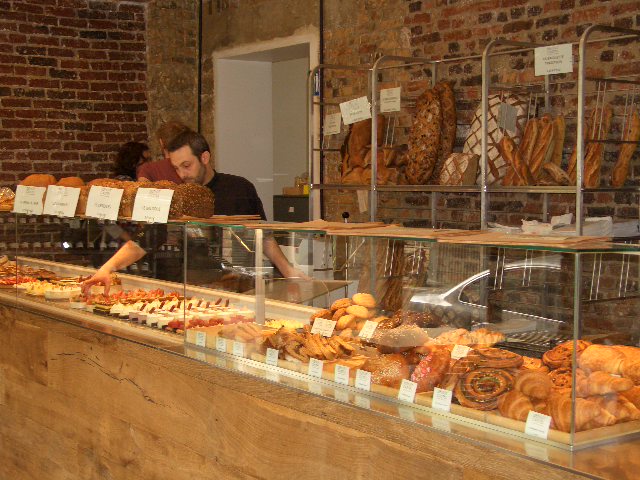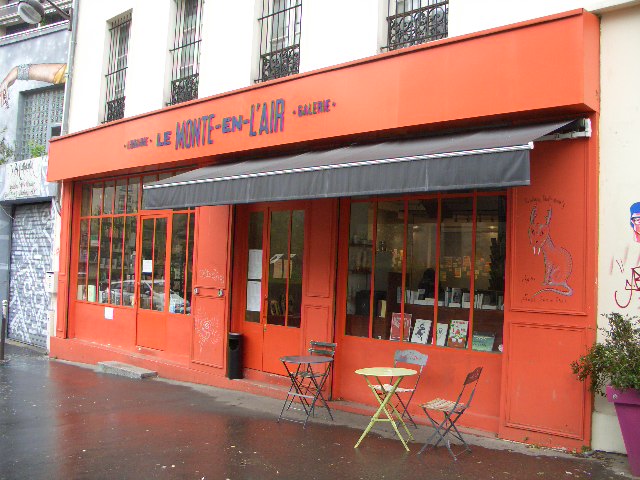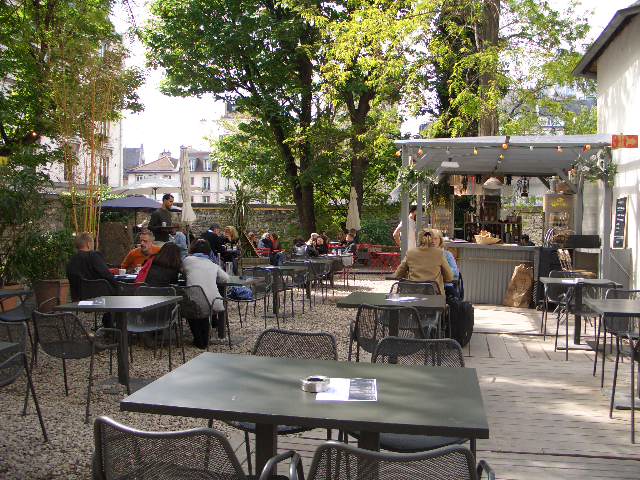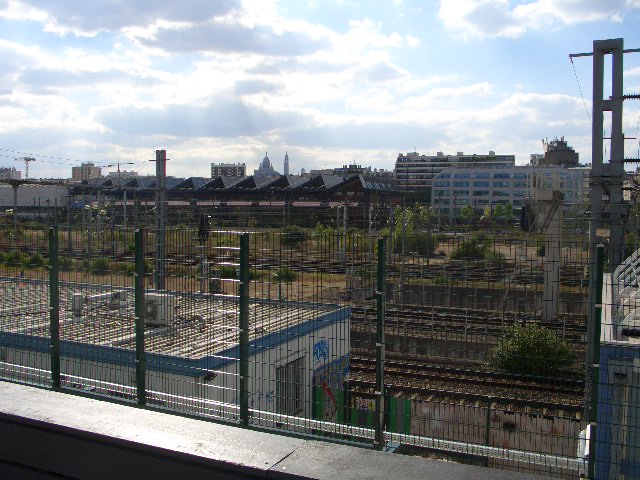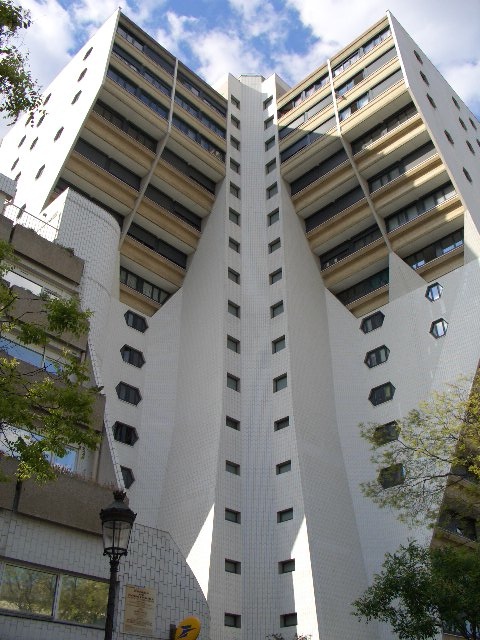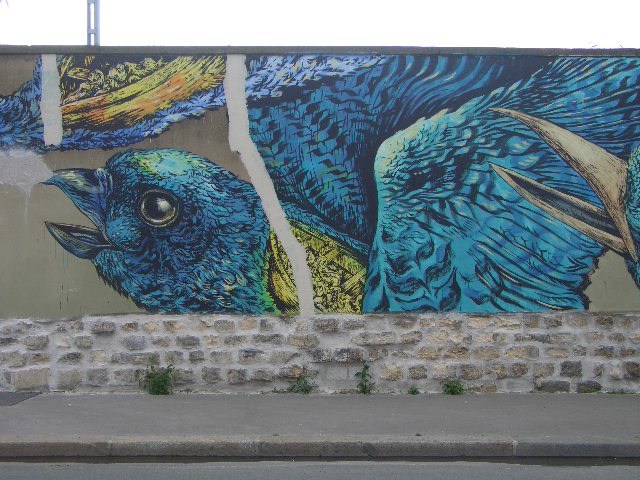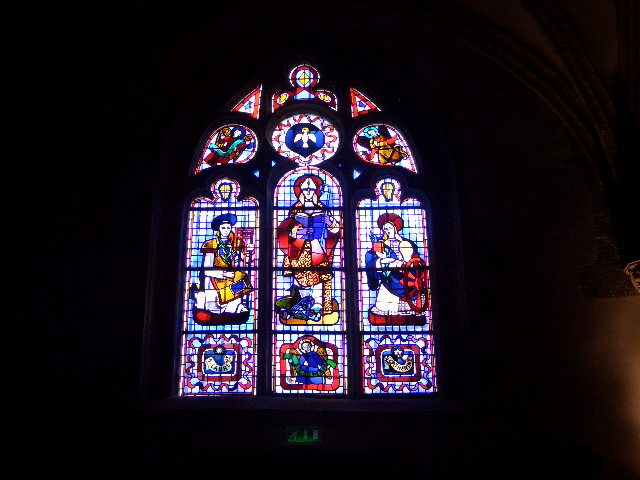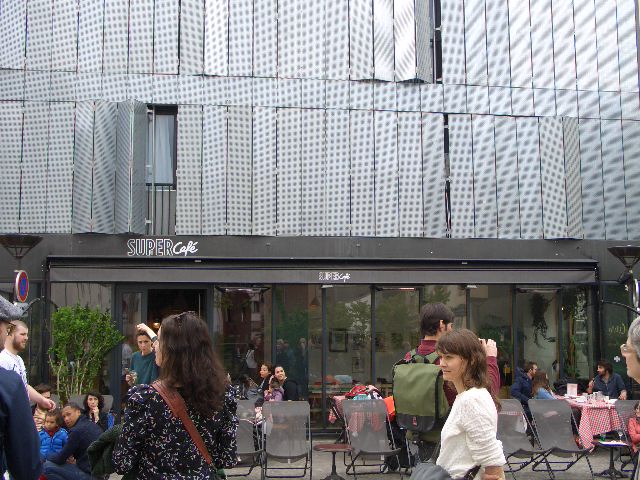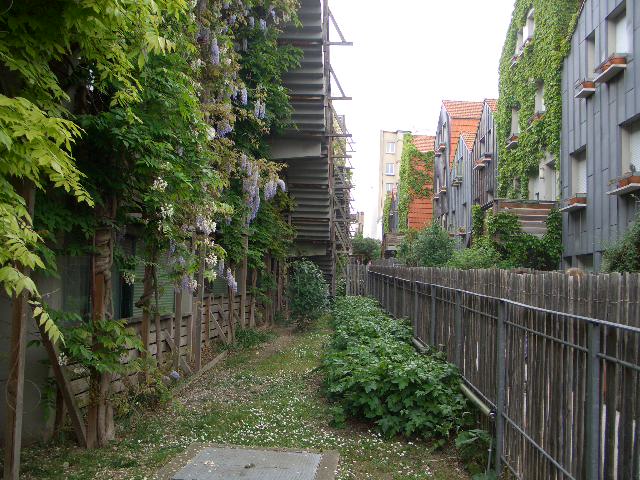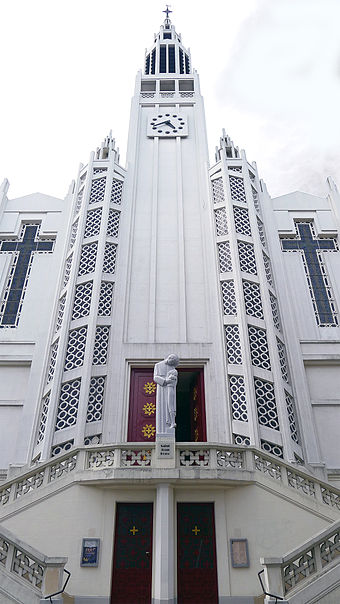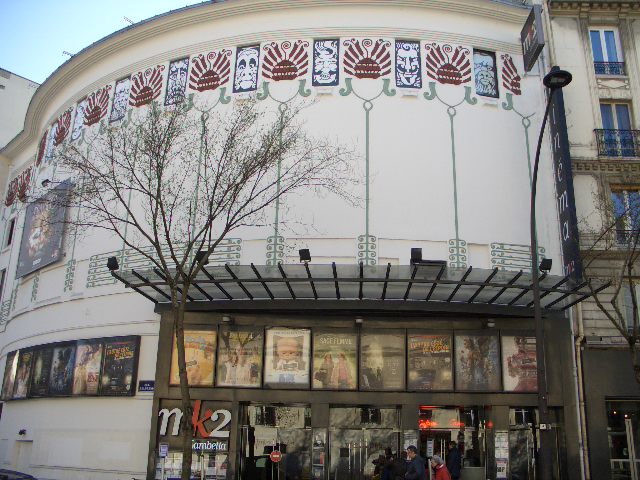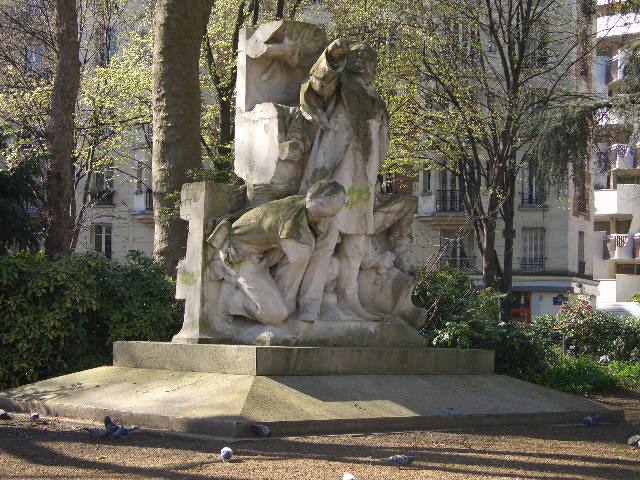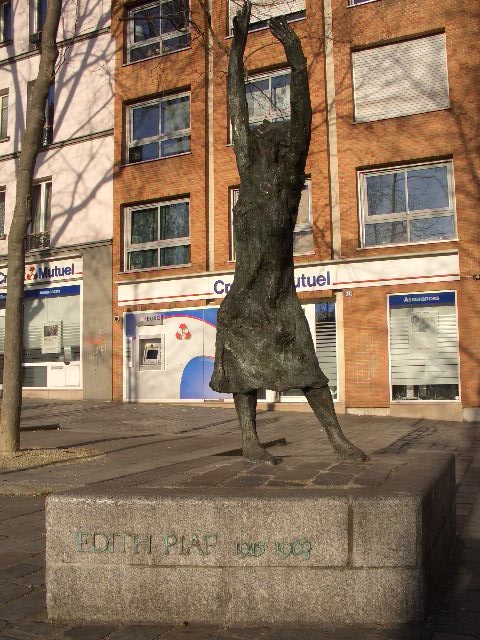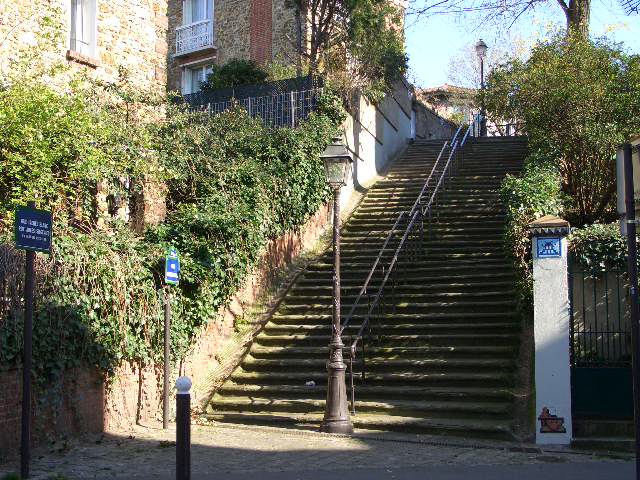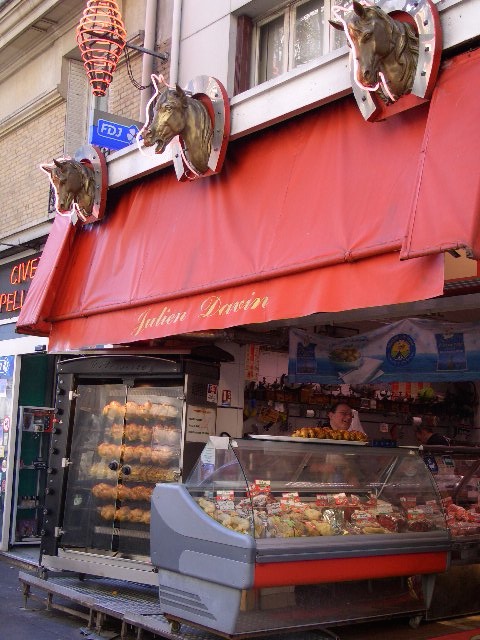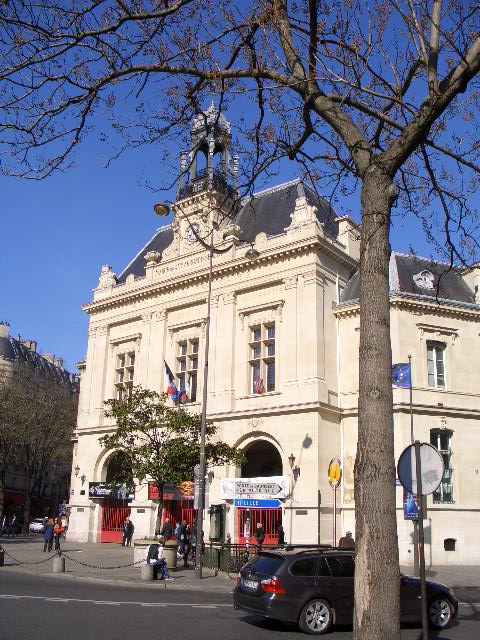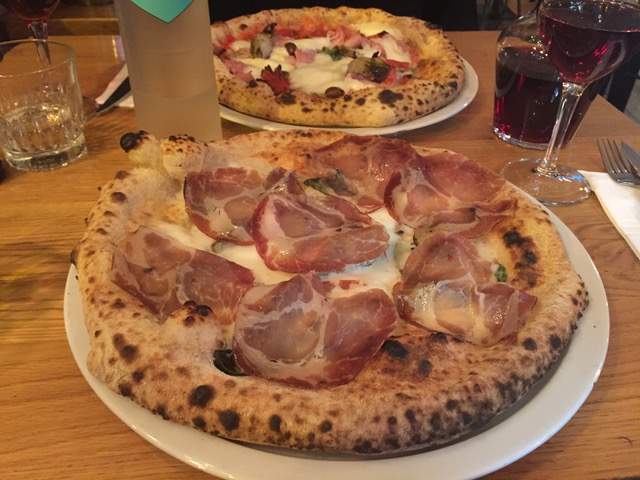We cannot travel. But we can read about travel. I wrote this piece, about a week Mum and I spent horse-riding in Romania, in 2017 but never submitted it. The experience was a challenge to capture; it was like riding through a medieval fairy tale, with summer fields and forests that stretched forever through the Carpathians and rural Transylvania, all discovered from the saddle. (All except Bucharest, of course.) Thus, the story is a bit rough around the edges but this seems as good a time as any to share it.
Transylvania without Dracula
Cow slalom was not on the itinerary. Bear-watching, yes. Cantering on horseback through the Carpathian foothills, absolutely. Braving shots of pălincă, the beloved Romanian firewater, well, of course. But skirting free-roaming cattle on the open road, where motor vehicles still share the bitumen with horses and carts, is unexpected.
So is the sight of our guide sprinting up the gravel verge, having cajoled the driver into pulling over so she can film this slice of modern-yet-medieval Central Europe. If the cattle are surprised to see a smartphone-wielding Frenchwoman hot on their heels, they don’t show it, barely breaking stride as they meander home, bells tinkling in the dusk.
The bovine parade is a twice-daily ritual in the Transylvanian highlands. There are almost no fences around the fields. Just infinite open spaces and rolling hills, dense oak, fir and beech forests and crumbling hamlets, fortified Saxon churches and, higher up the imposing mountains, busy ski resorts. “It’s paradise for cows,” says our driver.
This is the Romania we have come to explore in a week-long, well-organised itinerary of horse-riding, history, culture and gourmet food.
Getting started
Bucharest is our point of arrival, but we soon leave the faded, troubled, contradictory beauty of the capital behind to drive three hours north, and what seems like centuries back in time, to Șinca Nouă (its population of 1800 is spread through the surrounding hills). It’s late summer, arching blue skies overhead and bronzed cornfields flanking the road. I’m nervous. Our tour is tailored for experienced riders and I’m hoping my rusty skills will be up to steep climbs and forest gallops. I’m also concerned about my bottom coping with four-hour stints in the saddle. The promise of a horse-free day to visit Sighișoara (birthplace of Vlad the Impaler, aka Dracula) and 12th-century village Viscri and their UNESCO World Heritage-listed treasures is soothing.
I stop fretting, however, as soon we turn into Equus Silvania, our base for the first four days. The equestrian centre nestles in a river valley, enclosures for pigs, ducks and geese to one side of the driveway, an organic vegetable garden tumbling down the slope behind the three-storey wood-and-brick guesthouse. My nostrils fill with smells of hay, fresh air and horse. We are met by manager Bree, a 26-year-old live wire from, improbably, Port Macquarie. She furnishes us with local sparkling wine, bruschetta of homegrown tomatoes and wild mushrooms, and a rundown of the week.
Our party of three – me, my mum and a friendly English woman called Nicola – have booked through specialist equestrian travel company Cheval & Châteaux. Its founder (the aforementioned French native), Anne-France Launay, fell in love with Romania enough to extend her Loire Valley-based business here in May 2017. We are the first group to experience her Best of Transylvania tour.
Yes, it’s a niche market, but horse-riding, for all its bum-numbing potential, has many advantages as a mode of transport: it’s a good sightseeing speed; mud, streams and fallen logs pose little obstacle; you can see over garden walls and reach up to pluck a perfectly ripe plum from an overhanging bough. It’s also possible to move quietly enough to observe wildlife – these parts are home to brown bears, wolves, lynx, roe deer, eagles and buzzards – or at least spot their evidence.
Bear tracks and meadows
On our first ride, Bree points out fresh bear tracks – with pad and claw marks clearly visible in the smooth clay – and droppings so brilliantly purple with digested berries as to warrant their own Pantone shade.
I soon find myself reaching for words such as glade, dappled, loamy, meadow, mysterious, pristine and ancient to describe this landscape, the southern end of a mountain system that stretches 1500 kilometres in a backwards L shape through Romania up to Poland. At regular points in our rides, the terrain falls away from high ridges in undulations of variegated green as far as the eye can see. As the horses regain their breath after a climb, we lose ours at the sheer lack of humanity. Then, just when we feel alone (bar the odd herd of cattle or sheep), a natural-gas plant or motorcycle tour drops us back into the 21st century.
In the early evening, after a wander through the five-hectare Equus property, including seeing mares and foals and squeaky pink piglets, we haul ourselves into a wooden cart behind the shiny bay rump of a Romanian carthorse for a mountaintop sundowner. We are told later that the red tassels on his bridle are to ward off evil spirits. At the top of a panting, lurching ride, I thank the driver with my only Romanian phrase, mulțumesc, and he kindly smiles despite my mangled pronunciation.
Late afternoon the following day introduces locals of a different kind. After a gorge hike in Piatra Craiului National Park, we drive into the forest to be met by an escort of two rangers, then continue another 20 minutes on foot into the fairy-tale forest. The terrain rises vertical on either side of the road, and as we cross the plank bridge and climb makeshift steps to the stilted hide, it feels very vulnerable to be human in this wilderness. Three brown bears are already tucking into mounds of muesli and scattered apples in the clearing beyond our viewing window. Over the next two hours, we observe 11 (of a park population of about 40, according to a ranger), from a four-month-old cub that hangs back close to its mother to a 12-year-old male, as well as four jittery foxes and several erratic bats. “That’s your sighting of Dracula,” says our driver.
In the shadow of Dracula
The spectre of Vlad is inescapable, unsurprisingly, haunting fridge magnets, tea towels and T-shirts as well as the history books with his bloodthirsty legend. We skip nearby Bran Castle, which inspired the Dracula myth and by which Vlad passed – burning the city outskirts and massacring Saxons according to our driver – although it’s the country’s most popular tourist attraction. Instead, we head to Sighișoara, Europe’s only inhabited citadel. Hiking up steep cobbled streets, I rue the absence of horse.
In Viscri, about 40 kilometres away, many of the pastel-coloured houses along the gravelled main road bear small blue plaques showing when they were restored. Each seems to have a bench out the front where locals can sit, wait for the cows and watch the tourists go by. It’s the oldest Saxon village in Transylvania. The road is unsealed and leads uphill, past a well whose water is so rich in iron it tastes like blood, to the magnificent UNESCO-listed fortified church. From the tower, the fields stretch in all directions. After lunch, as we drive through farmland, our guide talks about the country’s layered Saxon, Hungarian, German and Turkish history, glancing through the brutal privations of life under Ceausescu to the modern independent nation.
Just as Equus Silvania is starting to feel like home – albeit one with porcine squabbles piercing the early hours – we transfer to Foundation Conservation Carpathia’s 500-hectare farm and biodiversity project in the tiny Saxon village of Cobor. Our ride to the property starts amid farmland, near Halmeag village, to cut the 50-kilometre journey to a manageable four hours. My mount, Asaad, a compact purebred Arabian, whose nickname of “The Professor” is due to his mature years, is a measured firecracker with a swinging, willing walk and the impressive fitness to handle extended canters along broad ridges and up forested trails.
We trek mostly in single file. Our pace is faster than many guided rides, with smart trots and, at Bree’s twirling hand signal, long canters. “A bit faster?” she calls at the beginning of an inviting stretch, and Asaad changes gears beneath me as I relax my grip on the reins and nudge his sides, his neck and stride lengthening into a gallop. I lean forward, weight balanced over his shoulders, and watch the trail unfold between his pricked grey ears. My nerves have vanished in a rush of exhilaration. This is freedom, the beat of hooves in my ears, sunshine on my back. Paradise, even.
Photo: Cheval et Châteaux













